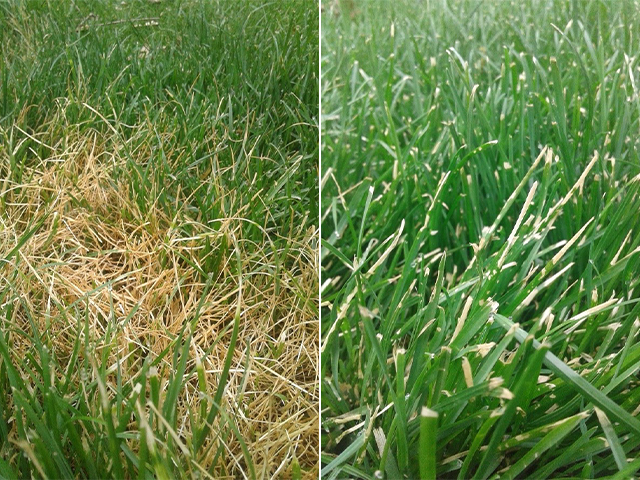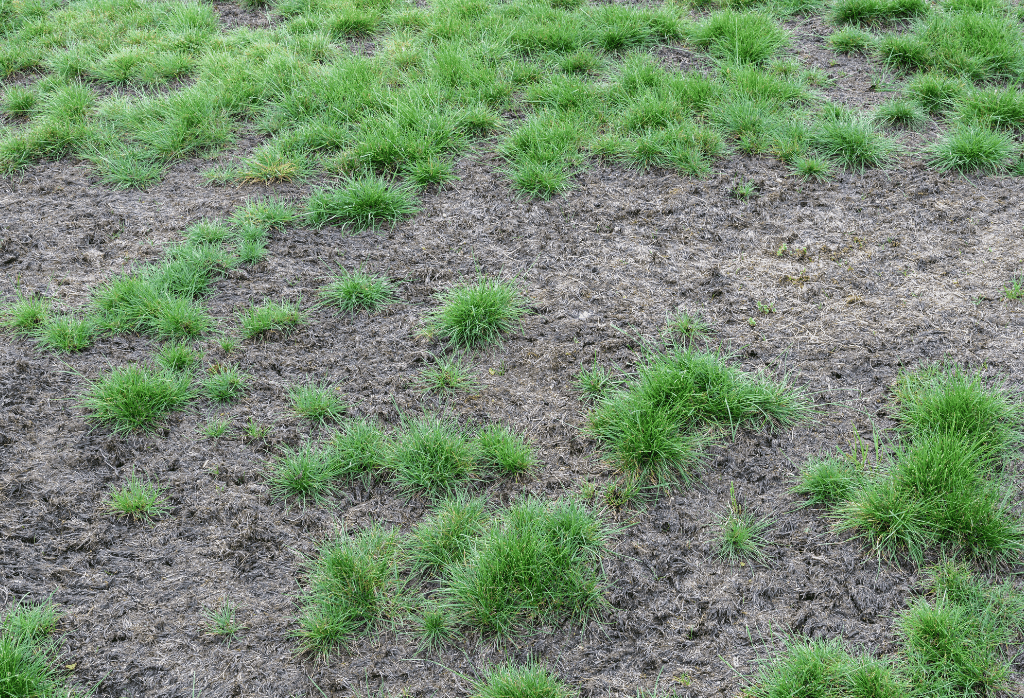
Stretches of hot, dry weather right after a period of unusually wet soil conditions (usually a result of overwatering or large amounts of rainfall over an extended period of time. Can also be white banding,or could be entirely collapsed and shriveled Healthy leaves are interspersed with infected leaves.īlades will appear bleached from the tip to about 1/3 of the way down the leaf.īetween the bleached are and the green of the rest of the blade can be a dark brown-purple banding. Large areas of grass will turn straw-colored and appear dead. Symptoms of ascochyta will often occur quite rapidly. Symptoms of ascochyta leaf blight include: Skilled technicians can easily identify ascochyta apart from other issues If you have any questions about ascochyta leaf blight and you are in our service area, please give our office a call at 90 or request an estimate.NOTE: Ascochyta leaf blight can often be confused with heat stress, dollar spot, white grub damage, and the burning of the lawn by chemicals. After all cultural practices have been done, the only other thing you can do is be patient. If the conditions remain favorable this type of disease can persist for weeks. It simply needs to grow out on its own with a little help from you, the homeowner.

It is important to remember that ascochyta blight will not kill your lawn. Unfortunately, fungicide treatments are not available for this particular disease. This will also help to create a stronger root system and grass plants.

The faster the grass is growing the faster the disease will get grown out of the lawn on its own.Ĭore Aerate the lawn regularly in the early fall to help reduce thatch (where disease harbors) soil compaction. Mow off 1/3 off the grass plant at a time.įertilize regularly to help stimulate growth of the grass. Keep the lawn height at 3 – 3 ½ inches in length. Mow the lawn in the afternoon when the surface moisture has evaporated. Do not mow in the morning when the lawn is wet from the dew or last night’s scheduled watering. For more information about watering your lawn, check out our blog. Deep, infrequent watering that occurs between 12 am – 6 am and we recommend to water 1 – 1 ½ hours per zone every third or fourth day is best. Avoid light, frequent irrigation in the early morning while surface moisture is present. Watering properly is key to controlling ascochyta leaf blight. Kentucky bluegrass is the most susceptible to ascochyta leaf blight however tall fescue and perennial ryegrass types are also vulnerable to the lawn disease. This picture illustrates how ascochyta leaf blight can be spread from a mower. Cultural practices are the only way to help get rid of the disease. Often times, mowing machines pick up the fungus and spreads the disease throughout the lawn, creating a stripe like pattern of the disease in the lawn.

This disease will spread very fast by foot traffic, rain, and lawn mowing. This disease will not cause any permanent injury to the lawn. While this disease looks very serious when outbreaks are widespread, it is actually quite harmless. The infected leaf blades appear to be sucked in from the tip down. From a distance the straw-colored areas resemble drought stress. The symptoms of ascochyta leaf blight appear as large irregular patches of turf that rapidly turn a straw-color and appear to be dead. This disease is more common during hot, dry periods and followed by cool and rainy conditions. Common for the late spring, ascochyta leaf blight can greatly impact the look of the lawn.Īscochyta leaf blight is a common foliar disease that occurs in the late spring to early summer. Lawn diseases can be distributed by wind, rain, foot traffic, lawn mowing equipment, etc. Fungi can remain dormant in the soil for years until the correct environmental conditions that favor a specific disease before an outbreak occurs. The longer a disease remains active the more damage it can potentially do to the turf. If the environmental conditions remain favorable a disease can persist for extended periods of time. Once these factors, although different for each disease, are met the disease can start up. These conditions include but are not limited to day time and night time air temperatures, moisture, rain, sunlight, lack of sunlight, and improper watering and mowing. A disease in a lawn can occur when a host (grass), a pathogen (fungi) and ideal environmental conditions are present.
#ASCOCHYTA LEAF BLIGHT PROFESSIONAL#
Lawn disease can affect any lawn at any time regardless of having a professional lawn care company or, if you are a do-it-yourself, lawn diseases can and will happen.


 0 kommentar(er)
0 kommentar(er)
